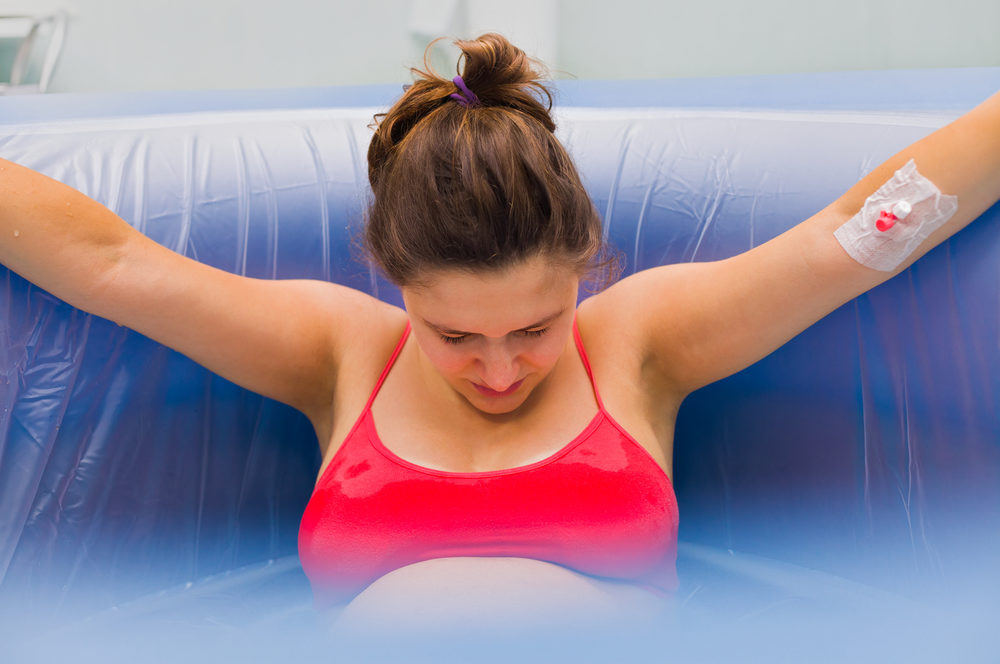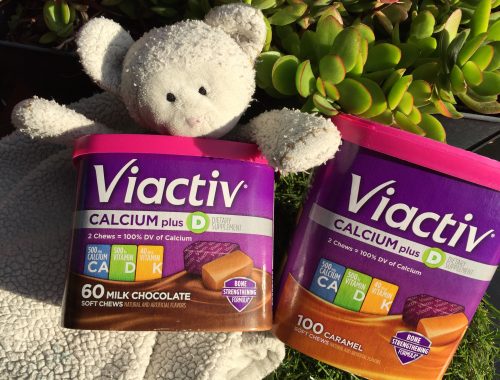Underwater birth is a common birthing trend but it’s hard to really understand the pros and cons of alternative birthing methods such as this. Does it really happen just like in the movie “The Back-Up Plan?” Or is it more chaotic? For those who have never done or seen an underwater birth but are possibly interested in it, there is good news. Underwater births, for women with regular, uncomplicated pregnancies, are safe and lack any real, proven disadvantages.
Who Can Give Birth Under Water?
First though, who can and cannot give birth under water? Only women who have had an uncomplicated pregnancy, carried the baby to full term and are free of chronic health concerns should consider water births. Women who are carrying more than one baby or delivering a baby that is breech should not consider a water birth.
Birthing Pools
Typically, water births are carried out in hospitals in special birthing pools but not all hospitals embrace alternative birthing methods, which water birth is technically classified under, so if you’re wanting an underwater birth, ensure your hospital has the facilities. (Here’s what to pack for the hospital). If your hospital can’t facilitate a water birth, you have two options: rent or buy a birthing pool and have the baby at home or find a hospital that does supply birthing pools. Regardless of home or hospital birth, most provinces and states require at least the presence of a midwife certified in underwater birthing techniques. If you choose a water birth, remember that things can change extremely fast in the delivery room and that the first priority for the midwife is safely delivering the baby, so if a complication arises, you may have to change your birthing plan quickly.
Advantages of Water Births
Water births have several advantages for the mother, the father and the child. The water stimulates the skin of the mother which actually blocks the nerves from feeling the full amount of pain in the stages of contractions and labor. Water will also make the mother’s body light and more mobile allowing her to change positions much easier than on land. This will allow the mother to feel more in control of her body and the labor process, keeping her mind more active, engaged and focused on the task. Different positions allow the mother to deal with the pain easier and switching positions to birth the baby in, rather than on her back, can actually reduce stretching and possible damage to the tissues.
Circulation and Blood Flow
The water also helps increase blood flow and circulation in the mother which allows the muscles that are contracting to have much more oxygen in them, thereby causing less pain. If you choose not to give birth in the water, sitting in a tub until you’re ready to give birth can rapidly speed up the dilation process but births are often over in minutes when done in water. When the mother is not overwhelmed with pain and medication, she is more in control of the situation and aware of what is happening. This also allows the father to be more involved in the birth as many fathers find it difficult to see their wives in such pain and still focus on the birth of the child. Water births generally have a much more peaceful and empowering ambiance and are less stressful for the child to come in to.
As long as the baby’s head doesn’t come to the surface of the water and get re-submerged, the baby will still receive it’s oxygen through the umbilical cord and studies have shown that it is less stressful for a baby to transition into the world this way than straight into the open air.
Birthing Plan
Your birthing plan should be something you are comfortable with and something that you, your body and your birthing facility can accommodate. Make sure to research options and talk with your doctor before making any solid plans.




[…] Underwater Birth Things To Consider When Writing A Birth Plan Signs of Early Labour […]
[…] Underwater Birth Understanding Labour Contractions How your Partner can Help During Labour […]